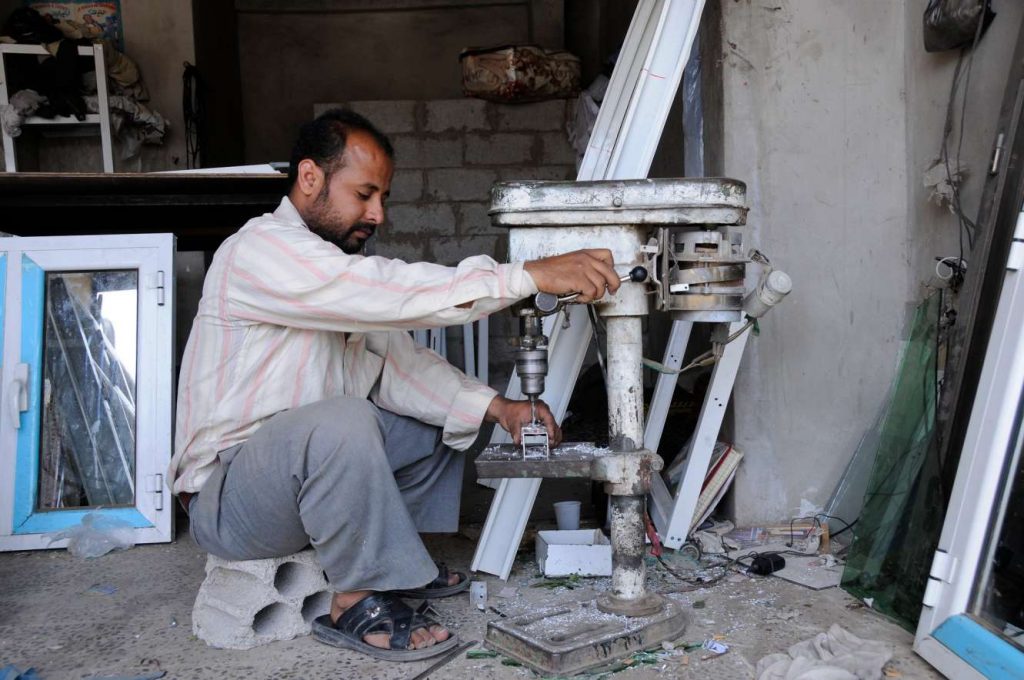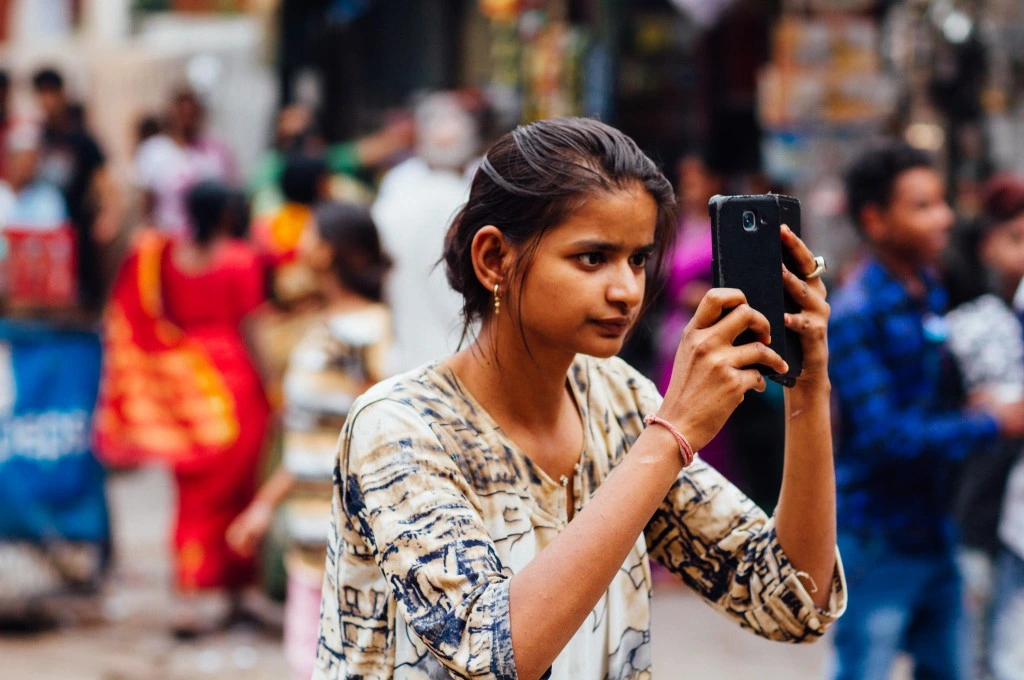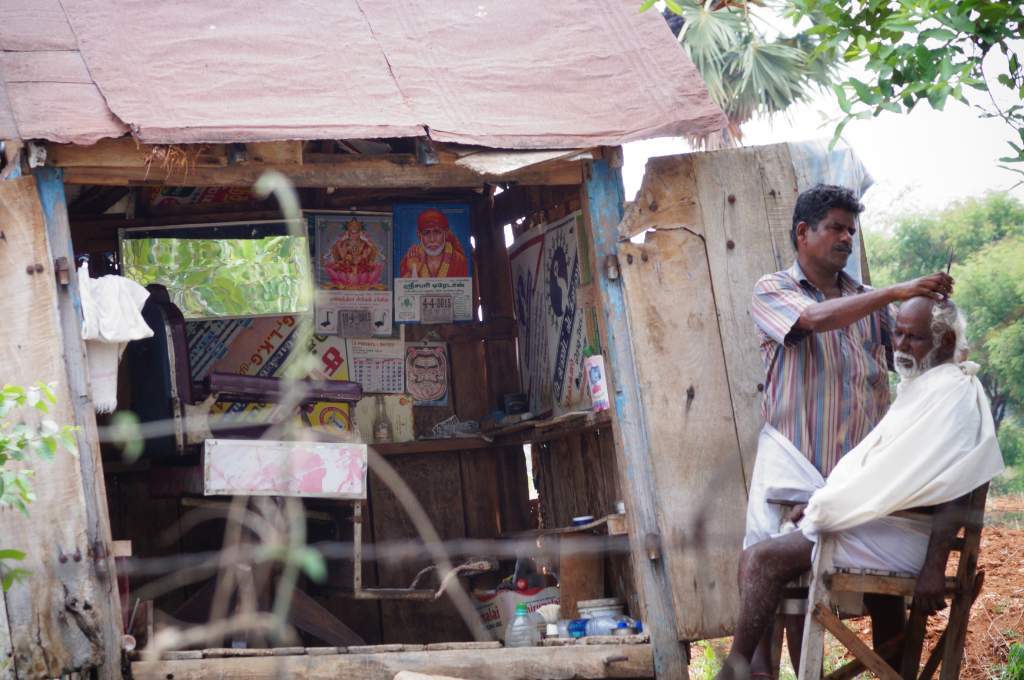On January 8, 2020, India had a nationwide strike, which saw formal and informal sector workers across the country protest against the government’s existing labour policies. There have been a growing number of labour strikes in the recent past, with workers demanding better wages, better quality jobs, and the roll back of policies promoting contract labour, among other things.
These demands are important, since inequality has grown exponentially over the last two decades, despite high levels of economic growth. Since the economic reforms of 1991, there has been a fundamental shift in the structure of employment in India, where permanent or directly hired workers are substituted with temporary, contract workers. This has resulted in the creation of a two-tiered workforce, where the number of permanent workers declines, and the number of contract workers rises—a process commonly known as ‘informalisation’.

Labour informality is becoming increasingly prevalent within the ‘formal’, organised sector as well. | Photo courtesy: ©Dana Smillie/World Bank on Flickr
India’s informal sector accounts for around 80 percent of non-agricultural employment. Though informal work takes many shapes and forms, it is generally characterised by a deficit of decent work. This includes (but is not limited to) employment insecurity (lack of protection against arbitrary dismissal), work insecurity (lack of protection against workplace-related accidents and illnesses), and social insecurity (lack of pension, sick leave, and maternity and healthcare benefits).
Informal or contract workers made up more than a third of the total workforce in formal manufacturing.
Labour informality is largely associated with the unorganised sector of the economy, but it is becoming increasingly prevalent within the ‘formal’, organised sector as well. As of 2016, informal or contract workers made up more than a third of the total workforce in formal manufacturing. For specific industries such as motor vehicles manufacturing and tobacco products, contract workers were nearly half the workforce. Between 2005-06 and 2015-16, the proportion of contract workers rose by 7.4 percent across 18 industry segments, from around 30 percent to more than 37 percent.
The growing informalisation of the formal sector in India is an important part of an Oxfam India report titled Mind the Gap: The State of Employment in India. While a number of interrelated factors shape and influence the current employment scenario in India, this article uses findings from the report to examine the growing informalisation of the formal sector, and its contribution to declining social security, and increasing economic and social inequality.
What led to the informalisation of the formal?
The change in the pattern of employment in India has taken place in the context of changing global labour regulations, which aimed to make labour markets more flexible (put simply, to make it easier to hire and fire people based on demand for labour). Hiring contract workers allows firms to pay lower wages and save on expenses such as healthcare, pensions, or paid leave. This is expected to make businesses more competitive, since they can save on labour costs and reduce production costs, thereby increasing efficiency. Thus, for India, cheap and flexible labour came to be seen as a source of comparative advantage.
Hiring contract workers allows firms to pay lower wages and save on expenses such as healthcare, pensions, or paid leave.
When tracing the evolution of labour laws in India, there has been a dilution in labour rights between 1990 and 2010, where the courts have actively sided with employers, rather than workers. This has included modifying laws to ensure that contract workers could be paid less than regular workers, preventing them from becoming regular employees, denying workers back wages in case of unfair termination, curbing their freedoms to take collective action, and allowing employers to take punitive action against workers who organise.
Related article: Bringing informal workers to the forefront of our economy
What effect has changing regulation had?
While these changes may be good for business, they are not necessarily good for the people working in business. The increasing shift towards temporary, contract labour has led to an increase in inequality and a decline in social safety nets, both of which ultimately limit India’s ability to achieve inclusive growth.
The report highlights a significant gap between the wages of permanent and temporary workers. In 2011-2012, the latter earned only 36 percent of the compensation offered to permanent staff.
In addition to the wide gap between the wages of different categories of workers, there is also a growing gap between the share of income earned by the managerial class—which rose by 6 percent between 2005-06 and 2015-16, while the share for regular workers fell by around 2 percent.
This rising proportion of contract workers also has a more significant impact on increasing inequality, as compared to making manufacturing more capital-intensive and hiring less labour. This is because not only can employers hire cheaper contract workers who earn lower wages, it also actively cheapens permanent workers, who now have to compete with these lower wages.
Discrimination often starts before workers enter the labour market. Structural inequalities rooted in caste, gender, and religion determine who gets what kind of job, and under what conditions. Participation in the market then takes these inequalities, and reproduces and expands them to take new forms.
Structural inequalities rooted in caste, gender, and religion determine who gets what kind of job, and under what conditions.
Nearly 79 percent of people belonging to Dalit, Adivasi, OBC, and Muslim communities work in informal employment of some kind. This social aspect of inequality is also reflected in the fact that people belonging to these socially vulnerable groups are 25-30 percent more likely to be poor and vulnerable than other social classes.
Related article: Addressing inequality in India
One of the distinguishing features of informal labour is the absence of both economic and social security. India has never had a robust social security system to begin with, and currently spends only 1.4 percent of its GDP on social security, amongst the lowest in Asia. The expansion of contract labour has deepened this insecurity, since more workers aren’t covered by basic legislative provisions such as the Employees’ Provident Fund Act, 1952 and the Maternity Benefit Act, 1961. Data from the 2006 National Commission for Enterprises in the Unorganised Sector (NCEUS) shows that while the size of the formal sector has grown in recent years, so has the share of workers without any social security within this sector. So, while more jobs have been created, it is clear that they are low-quality, insecure jobs that do not fulfil the International Labour Organisation’s decent work agenda.
There is also a close relation between a labourer’s employment status, social status, and poverty status. Not only are Muslims, OBCs, and women more likely to be informally employed in low-paying jobs, they also more likely to have less access to social security. The NCEUS report 2007 shows that only 6 percent of OBC workers had access to any social security. Similarly, a mere 8.3 percent of Muslim workers had access to social security, which is almost half the number when compared to Hindu workers. The situation is no different for women workers, where only 12.1 percent are covered by social security, vis-a-vis 17.4 percent of male workers.
If more jobs are being created, why does any of this matter?
Job creation and employment are key in fighting inequality, since the distribution of income and wealth is strongly linked to labour market processes. But the challenge is not to simply create jobs, but to create good jobs that provide workers with employment benefits, fair wages, and social security. In additional to being a basic human right, these benefits (healthcare, pensions, or disability benefits, for example) reduce economic insecurity among the poor, which can partially offset labour market inequality and provide a sustainable basis for growth.
We also need to confront the reality that informal employment is increasingly becoming the norm rather than the exception. Rather than simply focusing on trying to convert informal employment into formal, we must rethink the formal-informal binary that has come to characterise much of the thinking around employment.
Until then, we need regulatory reforms to address these increasingly unequal outcomes. The argument used to dilute regulations was that they make the economy inefficient, ignoring the social and economic inequalities inherent in the labour market. Given that formal employment increasingly resembles the informal, regulation in India needs to stop focusing on the formal sector alone.
This article draws on Chapter 5: Labour Law Reforms in India by Vaibhav Raaj; Chapter 6: Inequality in the Formal Manufacturing Sector by Tomojit Basu; and Chapter 8: Inequality and Social Security by Ravi Srivastava of Oxfam’s State of Employment report. The full report can be read here.
—
Know more
- Read a first-hand account from Manu Majdoor, a garment worker, to understand the working conditions he hopes to have.
- Understand why the government is consolidating and simplifying 44 central labour laws into four Labour Codes, and why it is being met by heavy resistance from workers and labour rights activists.
- Take Oxfam’s Inequality Quiz to see how much you know about global inequality.
Do more
- Fill out the decent work questionnaire to check whether labour regulations are being followed in your workplace. Based on where you stand, take steps to ensure that you are aware of your rights as an employee, and meeting your obligations as an employer.
- As a consumer looking to purchase ethically, identify companies that both protect the environment, and ensure decent working conditions.





